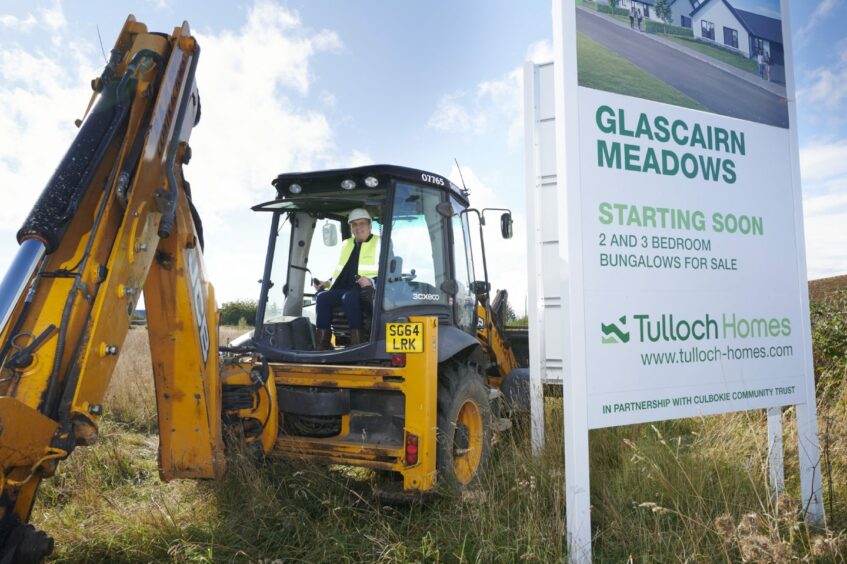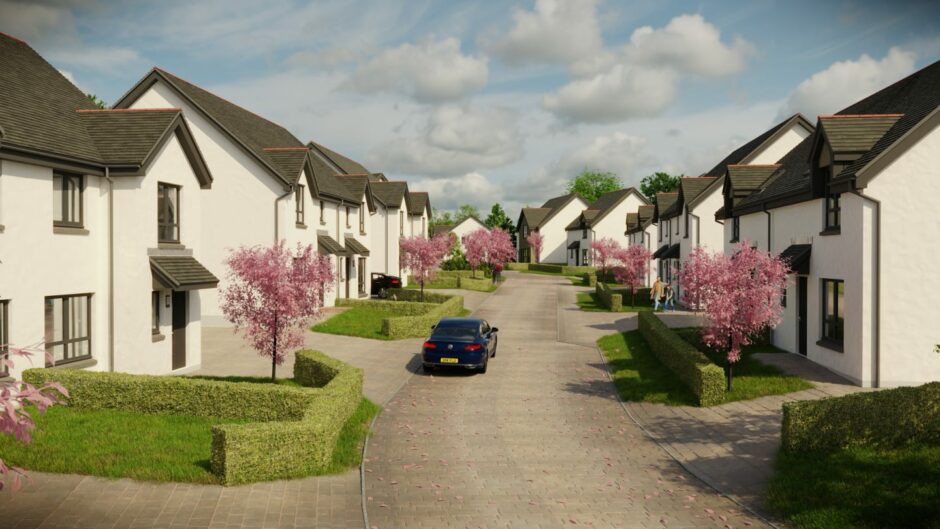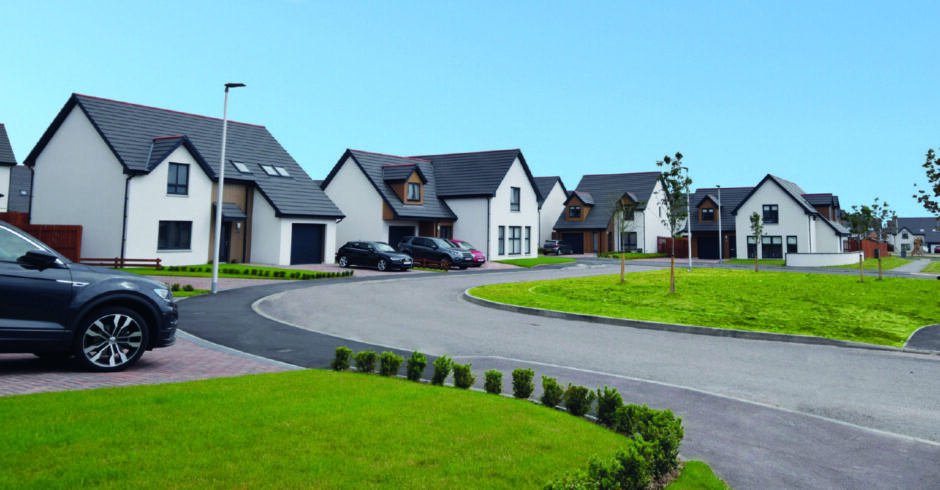Links between Highland housebuilder Tulloch Homes and Celtic Football Club can be revealed for the first time.
Inverness-based Tulloch was acquired by Moray firm Springfield Properties in a £56.4 million deal announced late last year.
The sellers of the majority stake were described by Springfield at the time as “private investors”, with staff and non-executives having a smaller shareholding of about 15%.
But the identities of the three men behind Thistle Spv2 Limited, which owned the majority stake, are revealed in an innocuous document lodged at Companies House.
The Celtic connection
The biggest name of the trio is billionaire Irish businessman and financier Dermot Desmond, a non-executive director and the largest single shareholder of Celtic FC.
Mr Desmond, 71, owns nearly 35% of the Glasgow-based club via Line Nominees.
Another non-executive director and shareholder at the Scottish Premiership giants, Tom Allison, the club’s senior independent director, was also part of Tulloch’s ownership team.
Mr Allison was Tulloch’s chairman at the time of a management buyout (MBO) of the business in 2015.
He led the MBO, together with the then chief executive, George Fraser, and finance director Sandy Grant, as US investment giant Goldman Sachs and private equity firm TPG bowed out.
It was announced just last week that Mr Allison was stepping down as chairman of Merseyside-based port operator Peel Ports.
The third shareholder in Thistle Spv2 Limited was property investor James Keane, who also owns a large chunk – more than 6% – of Celtic.
Current Celtic chairman Ian Bankier, part owner of Glenkeir Whiskies, which operates the Whisky Shop chain, is another past non-executive director at Tulloch.
Meanwhile, house price inflation is helping Springfield overcome rising supply chain costs to stay on track for a record-busting year.
Innes Smith, the Elgin-based housebuilder’s chief executive, told The Press and Journal today (February 22) the company was on course for its highest ever annual revenue.
And he predicted cost pressures and other supply chain issues will eventually reach a turning point, allowing builders to make the most of strong demand for new homes.
But the industry in Scotland will likely struggle to meet that demand, further adding to house price inflation, as projects continue to get stuck at the planning stage, he warned.
Clearing some of these blockages will help to keep house prices more stable, he said.
Mr Innes was speaking after Alternative Investment Market-listed Springfield posted its first results since the £56.4m swoop for Tulloch.
The acquisition is expected to accelerate growth across the group and “significantly enhance” earnings in the first full year of ownership.
Tulloch is keeping its name and being run as a separate business, with its own sales team and targets.
Record order book
Springfield , which builds homes across north, west and central Scotland, reported pre-tax profits of £6.21m and revenue of £87.3m for the six months to November 30 2021.
The group said first half 2021-22 sales activity continued to be strong, with high demand seen across the business.
It also highlighted a “significant” increase in private housing reservations, leading to a record order book going into the second half of the year.
As of November 30, the group had 44 active developments.
Springfield completed 197 private homes during its first half, down from 299 a year earlier.
The average selling price for the firm’s private housing in the latest period was flat at £240,000.
Affordable home completions surged to 204 in H1, from 126 a year earlier, with the average selling price increasing by £9,000 to £155,000 as a result of a change in housing mix.
There were also 51 private completions at the group’s standalone “village” developments.
Springfield said it secured two new affordable housing contracts during the period and another after the half-year.
It also expanded its partnership network through its first contract with Aberdeenshire Council, for 38 homes at Banff.
Mr Smith added: “This was a strong period for Springfield. We maintained excellent build activity, setting us up for an outstanding second half of the year.
“I am pleased at how we effectively managed the material and supply chain pressures facing our industry, and that we were able to maintain impressive levels of customer satisfaction.
“We entered the second half on track for strong growth for FY 2022 in line with market expectations.”





